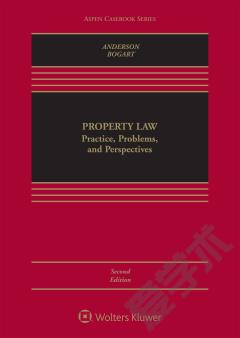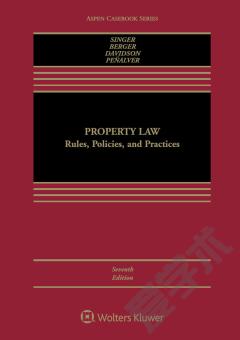Elder Law —— Practice, Policy, and Problems
----- 老年人法:实践,政策与问题
Elder Law: Practice, Policy, and Problems is designed with the teacher and learner in mind. It combines a client-focused approach with in-depth discussions of elder law related policy issues. Designed to be simultaneously practical and theoretical, it provides students with specific legal knowledge and a conceptual framework for understanding key issues facing older adults and the attorneys who represent them. The authors narrative frames a series of primary materials including cases, statutes, regulations, and sample documents, as well as excerpts from articles designed to stimulate student thinking and discussion. Problems and hypothetical exercises—many of which relate to client counseling—ask students to imagine themselves in the role of the elder law attorney, and to describe how they would handle various scenarios, such as a client meeting. In addition, questions in each section prompt students to critique key policies and thereby test their understanding of those policies. New to the Second Edition: Comprehensive updates that capture changes in law and policy, including major revisions to nursing home regulations, new developments in guardianship law, and an emerging line of cases on age discrimination in hiring New coverage of: family caregiving and caregivers rights Gray divorce and its implications for policy design and planning Supported decision-making Social service interventions that address elder abuse Professors and students will benefit from: Very clearly organized content A client-centered approach Integrated discussion of policy and current issues supported by relevant cases, statutes, regulations, sample documents, and commentaries. All relevant statutory material being within the casebook, meaning there is no need to require a separate statutory supplement Practice problems of varying difficulty that encourage students to apply what they are learning to realistic client-focused hypothetical scenarios Questions throughout the text that prompt critical thinking, and prepare students to engage in classroom discussion Exercises that can be used for either independent or in-class assignments
{{comment.content}}








 京公网安备 11010802027623号
京公网安备 11010802027623号